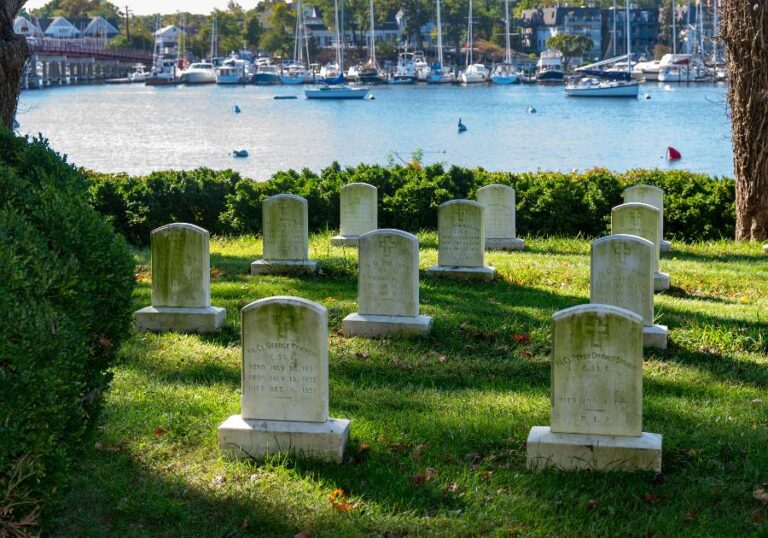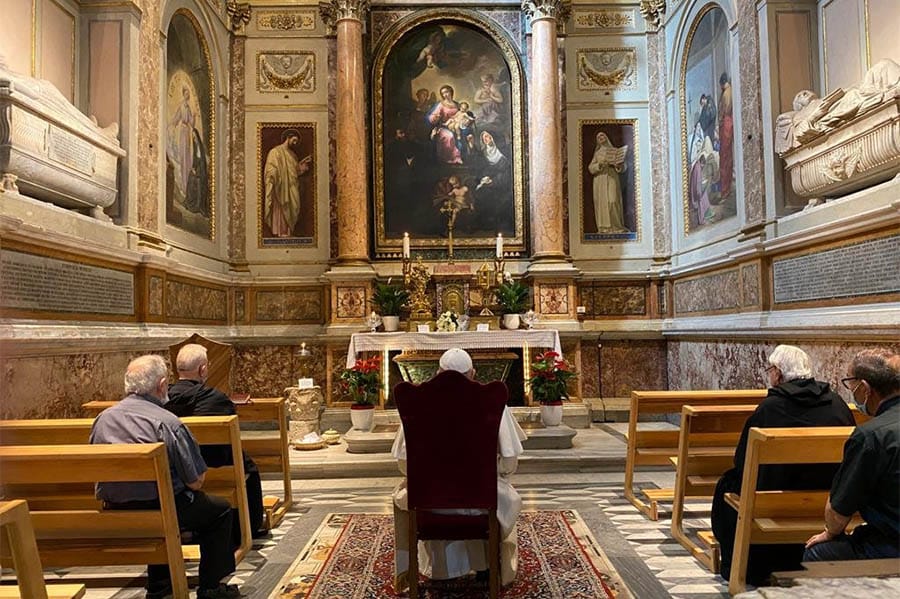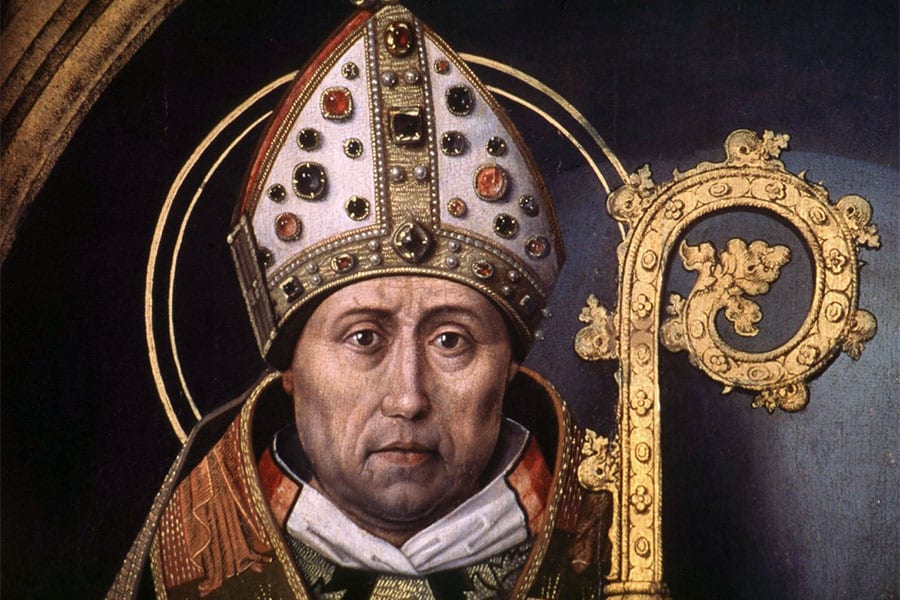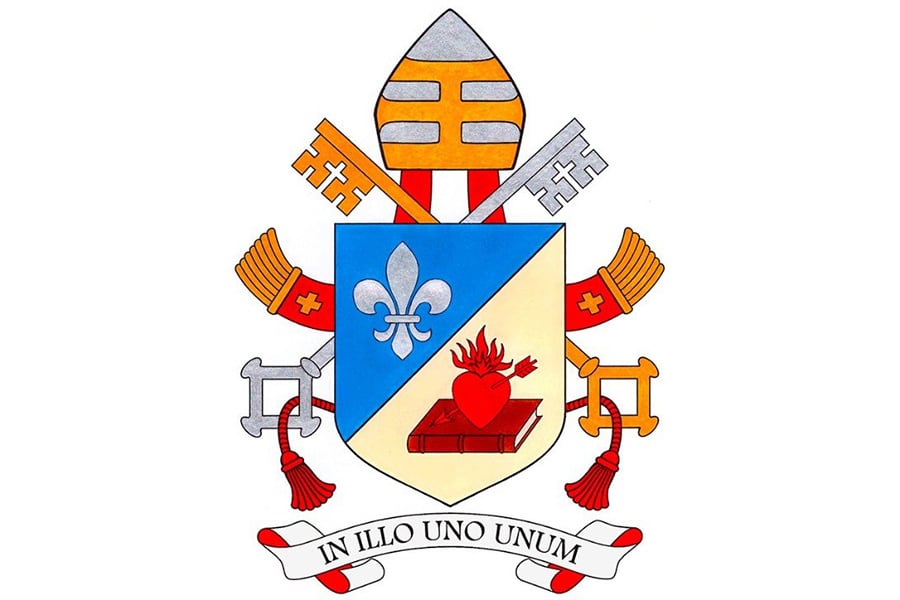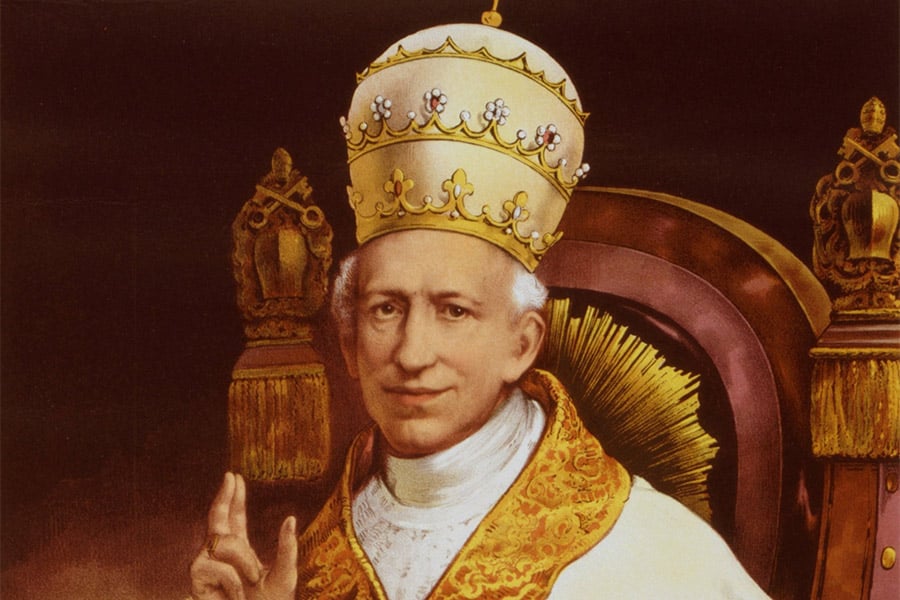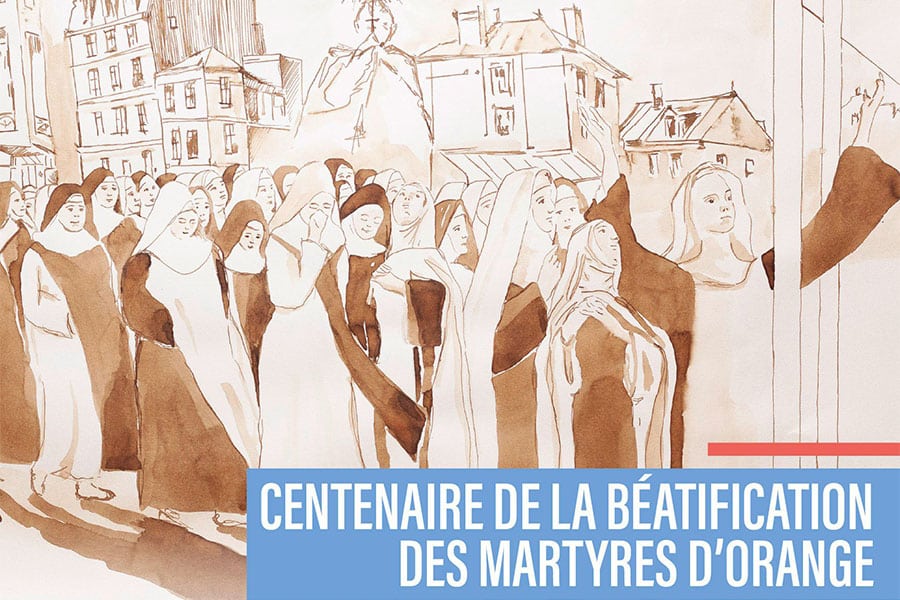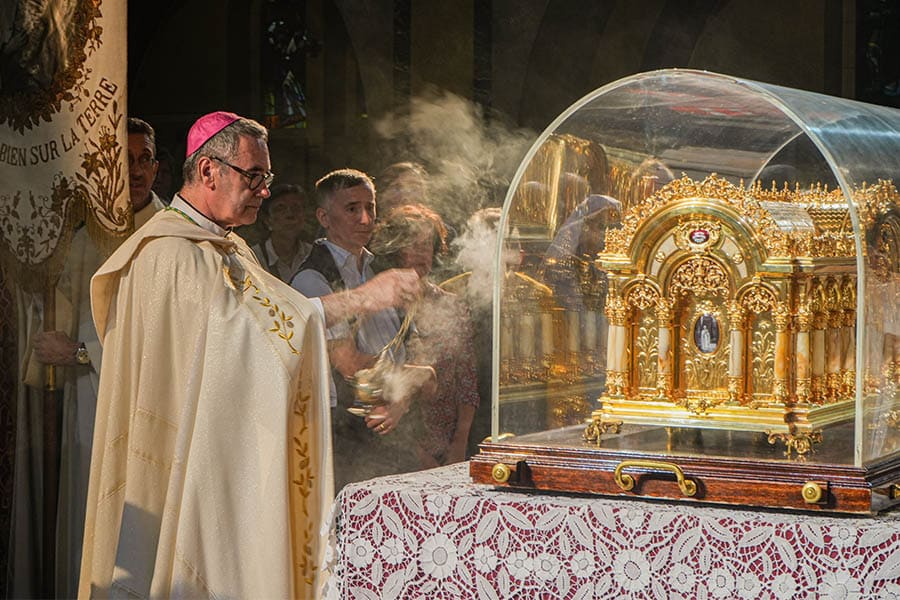Redemptorist Father John Murray found lots of long-forgotten artifacts when he opened a closet-sized safe at St. Mary in Annapolis 36 years ago.
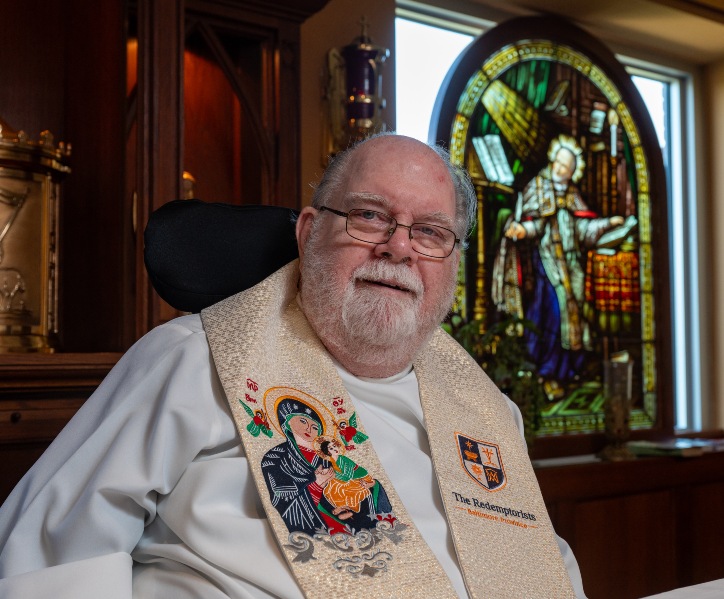
There were old chalices and patens that he eventually smuggled into Communist-dominated Ukraine. There were also books and parish records, including a list of “secret marriages” between Black and white parishioners that could not be made public in decades past.
But what most startled the then-pastor was the contents of a small box sealed with red wax and accompanied by an attached note in Latin. Upon opening it, the priest was astonished to discover 15 brittle bones beneath yellowed papers.
“I was shocked – shocked,” remembered Father Murray, who now lives at St. John Neumann Residence at Stella Maris in Timonium. “I said, ‘Holy cow! What is this?’ ”
After some research, Father Murray realized he held in his hands the bones of St. Justin, a martyr of the early 300s, not to be confused with St. Justin Martyr, who died in the second century A.D.
St. Justin’s remains were originally buried in the catacombs along the Appian Way in Rome. Archeologists discovered them in the mid-18th century and they were preserved in the private chapel of a noble family in Perugia. They later were stored by a bishop in Citta del Pieve, then with the Benedictines of Subiaco Abbey.
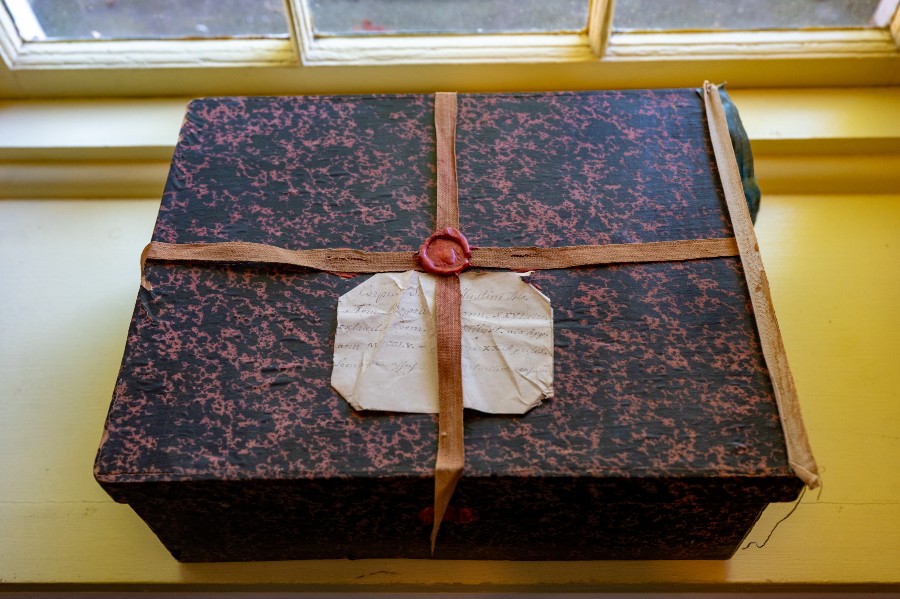
Benedictine Father Raphael Wissel entrusted the saint’s relics to his brother, Redemptorist Father Joseph Wissel, rector of St. Alphonsus in Baltimore, in 1873 at a time when political upheaval convulsed Italy. The bones arrived in New York in September of that year, along with those of St. Nazarius and St. Sergius.
The bones of St. Justin were received at St. Mary in Annapolis in 1874. Around the same time, the Redemptorists arranged for relics of St. Nazarius to be sent to a church in Boston, with those of St. Sergius shipped to the Redemptorist House of Studies in Ilchester, Md.
St. Justin’s bones were kept in the Redemptorist novice chapel in the Carroll House in Annapolis before being placed under the altar in the college chapel on the third story of what is now St. Mary’s rectory. The altar included a glass-front case with a full-size wax figure of St. Justin.
In 1967, when the chapel was renovated, the bones were removed and placed in the attic of the rectory and then a downstairs safe, where they remained for two decades until Father Murray rediscovered them. The wax figure was discarded.
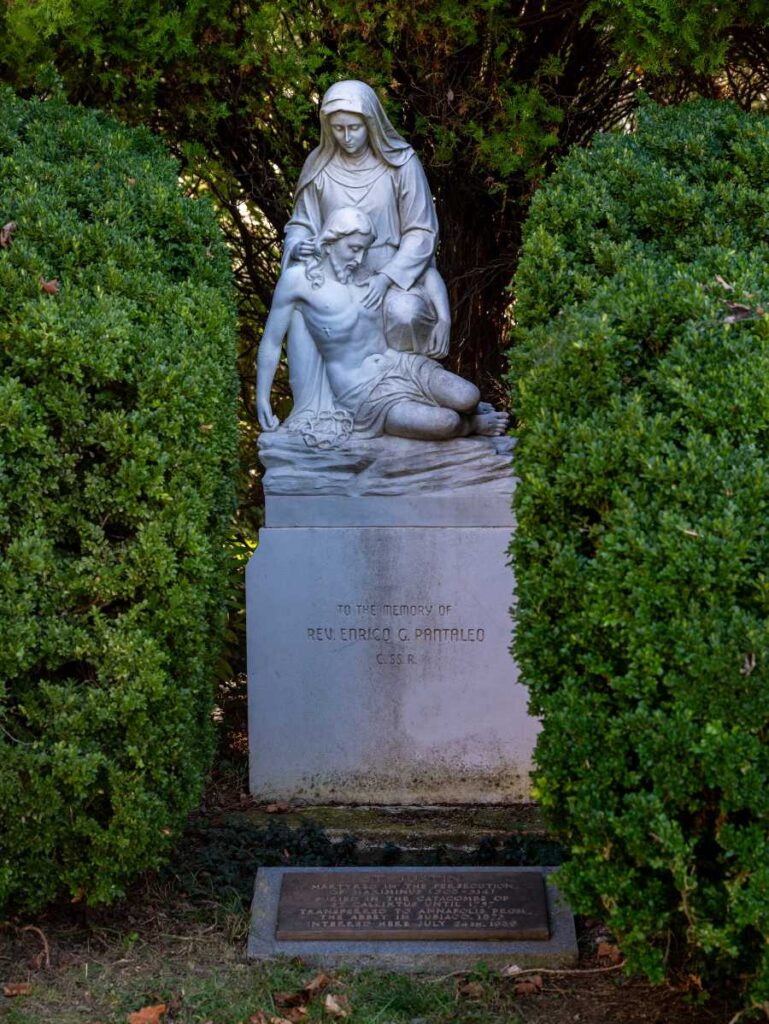
Redemptorists asked Vatican officials what to do with the bones, Father Murray said, and he was told to bury them in a Catholic cemetery with special honors. In a 1989 ceremony, Father Murray did just that – placing a bronze urn filled with the bones in the Redemptorist Cemetery in the Carroll Gardens at St. Mary. An accompanying bronze marker cites facts about St. Justin, including that he was martyred during the persecution of Maximus.
Father Murray noted that the St. Justin bones at St. Mary are not those of the more famous St. Justin Martyr, the early Christian apologist who died circa 165.
“Even martyrs need to repose somewhere and the logical place for that is in the ground or a church, chapel or oratory,” said Patrick Hayes, archivist for the Baltimore Province of the Redemptorists. “There really wasn’t anything nefarious about the ‘lesser Justin’s’ place of burial. The more well-known Justin Martyr reposes in churches in Rome and Malta.”
Robert Worden, the archivist at St. Mary, said the parish is also home to numerous other relics it holds or has on loan. They include first-class relics of St. Alphonsus Liguori, St. John Neumann, St. Gerard Majella, Blessed Francis Xavier Seelos and what are said to be bones of the Holy Innocents martyred under Herod. Over the years, St. Mary has displayed some of the relics in a special case.
“I have a great appreciation for relics and I think it gives one a chance to think about that particular saint – to contemplate their life if we know something about what good acts they did, why they became a saint and what they did to be canonized,” Worden said. “It makes me think about what I can do to be like that.”
Email George Matysek at gmatysek@CatholicReview.org
Read more on saints
Copyright © 2023 Catholic Review Media

